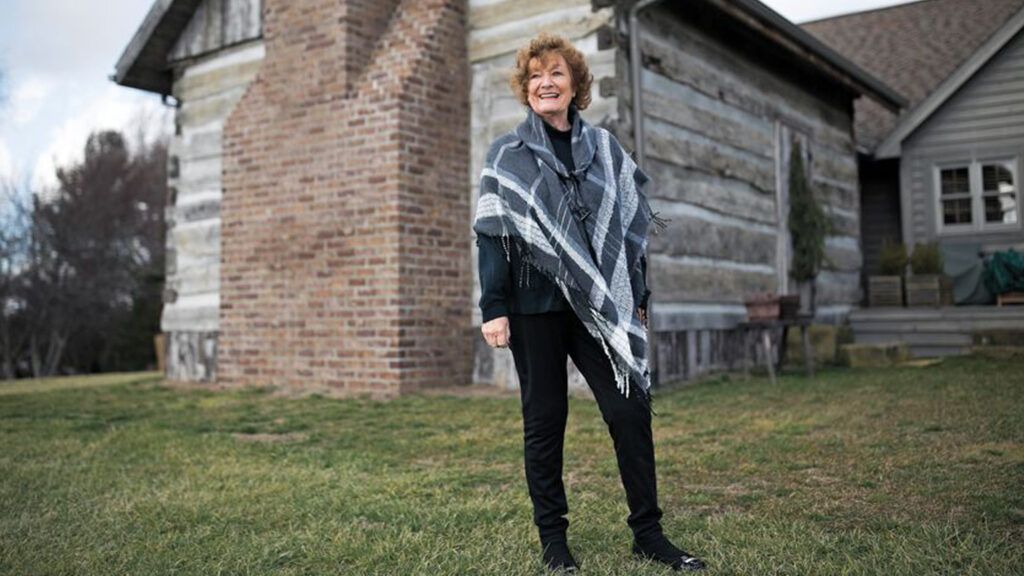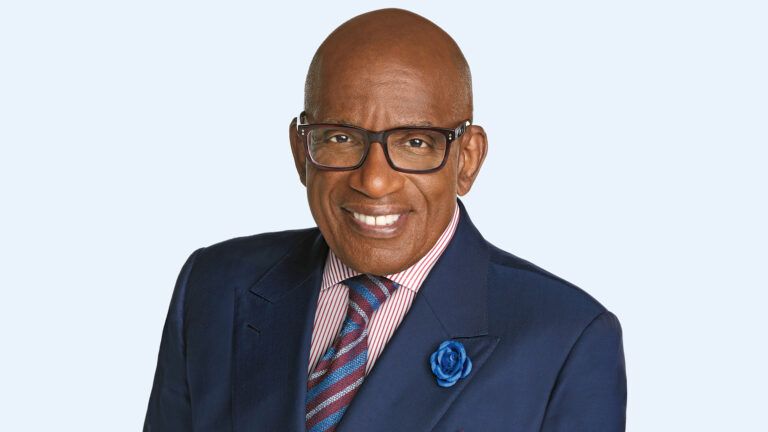Before heading to the hospital, I gazed out the living room window at the property surrounding our home in Ohio. With its 10 acres of farmland, gardens and pioneer cabins, folks called it a “primitive wonderland.”
Bill and I had rebuilt our lives here after a fire burned our former home to the ground.
For 20 years we’d welcomed visitors interested in the early American way of life. We scoured New England for authentic log cabins, and Bill rebuilt them on the property to house things we offered for sale at Curry’s Antiques, such as crafts and linens.
Now Bill lay in a hospital bed at the Ohio State University Wexner Medical Center, his body ravaged by leukemia.
I walked into his room, struggling to accept the inevitable.
“Oh, Ginny,” Bill said in that gentle way he had, “I promised you I’d finish your cabin. Your Christmas cabin.”
We both knew he wouldn’t see another Christmas. Having him by my side was something I cherished more than any cabin he could have built.
I kissed Bill’s frail hand.
My cabin was a prized pioneer settler’s homestead Bill had found in Mineral Wells, West Virginia, two years before. Built around 1810, it was the cabin to end all cabins.
Bill had been so proud when he’d located it for me. Normally with a cabin so old, you just got the logs, but this one still had the original chimney, stone fireplace, stairs, flooring and beams. He’d painstakingly taken it apart, numbered the logs and transported it to our property. One day he would add it onto the main house.
“This cabin is one of a kind,” he’d said, “like you. We’ll get it done little by little.”
We’d dreamed of filling it with eighteenth- and nineteenth-century American country furnishings. Early paintings, step-back and jelly cupboards, dry sinks, a spinning wheel and other antiques we’d collected. We couldn’t wait for the day when we could share the fruits of our labors with friends at our annual Christmas gathering. I could picture the natural holiday greenery accenting the logs, a fresh pine wreath on the front door and candlelight giving the original furnishings a glow.
Bill was a man of his word. He didn’t just say he’d do something, he’d do it. He set the logs up and built a walk-in fireplace just like the early log cabins had. But then the leukemia changed everything.
Through sheer determination, Bill managed to finish the foundation and decking on my log cabin addition. He worked until he could barely pick up a hammer.
He died on our thirty-sixth wedding anniversary, only three months after he had been diagnosed.
After Bill passed away, friends, neighbors and longtime customers surrounded me. The log cabin sat unfinished.
One day two of our friends, Butch and Keith, came for a visit.
“We know what you need more than anything, Ginny,” Butch said. “And we’re going to take care of it for you.”
“We’re going to make good on Bill’s promise to you and finish that cabin,” Keith said. “We’ll get it done just the way Bill had it laid out.” God, is that possible? I wondered.
The guys came over every other weekend and worked meticulously on the cabin, vowing to complete it down to the last detail. To keep myself busy, I pitched in with some of the chinking.
But when we got to the dogtrot that would connect the cabin to the main house, I realized we’d need to use old wood to give it that authentic early American look. And we would need a lot of it.
Barn siding would have been perfect, but it was hard to come by—people usually aren’t willing to tear down old barns. I called farmers in the area looking for wood from unused barns, but there was none to be found. I hung up with the last farmer on my list, feeling helpless.
That night I crawled into bed and said a prayer. We can’t finish this by ourselves. We need Bill. He would know what to do.
I awoke the next morning startled. Had I heard Bill? I looked around, expecting to see him. I rubbed my eyes.
Of course Bill was no longer with me. I’d been having a dream. But it had been so real. Except Bill had kind of raised his voice to me, which was totally unlike him.
“Use the fence, Ginny,” he said. “You’re not paying attention: Use the fence!”
Use the fence?
I threw on my robe and walked out back to look at the wooden fence Bill had built around the pasture.
The wood was old, but still in good condition. It had been bleached gray from the weather.
Then it hit me. The 10-inch-wide fencing boards were the perfect material for making the siding for the dogtrot!
On a mission, Butch and Keith and I tore the fence down. We framed the dogtrot and then had enough left over for the windows and ceiling. It was as if Bill was back with us, collaborating on the promised project from heaven. I could feel Bill’s presence and passion as though he was right there beside me.
Last year I hosted a long-awaited Christmas open house and shared it with those who had loved Bill too.
Today, I put every bit of fervor I can into this “primitive wonderland.”
Each effort is an offering of gratitude to the man who kept his promises and the God who made that possible.
Photo gallery: Her Husband’s Last Promise: A Christmas Cabin to Call Her Own





